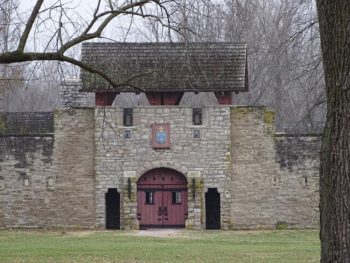
Fort de Chartres Land Gate January 2019, EJ
7 janvier 2019 lundi
55 degrees, Clear
7 mph, SW wind
“Work to be done in January
If you (like many others) are curious of having early Sallating, take care that your Gardener make his Hot Beds to Sow Lettuce-Seed for Sallets, and Radishes, that you may have them as early as possible. Glass Bells will be a great Help to him in rearing up Cabbage-Lettuce, Melons and Cucumbers…”
-Francois Gentil, Le Jardinere solitaire 1706
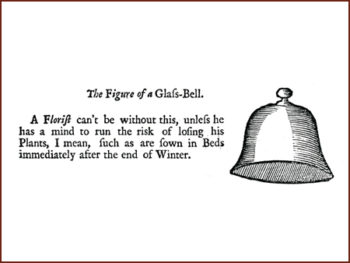
“The Compleat Florist” Louis Liger D’Auxerre 1706, Glass Bell
The desire of gardeners to begin sowing seed in the New Year is as old as the desire to cultivate plants. This entry in an early eighteenth-century French garden book, illustrates this impulse to begin the garden year as early as possible. But their dire and very real need to begin early food production illustrates a different reality of their 1700s world as opposed to our modern general impatience for the beginning of a new season and the speeding of harvests yet to be. None the less, it is time to begin the seed sowing of those plants that benefit from a jump start of early indoor planting, helping those plants that benefit as transplants as opposed to directly sown seed. In our corner of the Illinois Country, our last frost date is generally considered to be April 15 (Zone 6), so the first month of the new year is the time to begin planting, indoor, those plant varieties that will b be ready to transplant after the danger of frost or a bit earlier, if prepared with glass cloches (jars) to shelter those tender plants. The month of January sees the indoor sowing of some of the jardin’s seeds, such as Strawberry, Rosemary, Dianthus, Digitalis, Hollyhocks, Lobelias, Celery, and Parsley. Let the nurturing begin!
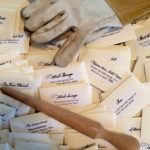
Jardin 2016 seed exchange (CK)
It is also time for the jardin potager’s 4th Annual Heirloom Seed Swap on Saturday, February 2, from 10 a.m.-noon. The seed exchange will take place in the Fort de Chartres Guards’ Room and free heirloom sample seed packets will be available for visitors. You are welcome to bring your favorite or extra seeds to the Fort and share your seed bounty while having an opportunity to select seed from the garden project or from others’ shared seeds. This event is free and open to the public.
And after a quick lunch break, at 1 p.m. visitors can move into the Fort’s Trading Post for an Art de vivre demonstration-Native Treasures in 18th Century Illinois Country Foodways, rescheduled from last November’s original event date. A few of the Illinois Country native food treasures are explored during this Heritage Jardin Potager event focusing on those time-honored local favorites of persimmons, hickory nuts, and fruit vinegars showcased in period recipes. This afternoon event will occur from 1-3 p.m., limit 12 persons. Pre-registration for the afternoon portion of this garden project event is required so that enough materials and samples can be prepared in advance, so let us know if you are attending Les Amis’ Heirloom Seed Swap & Native Treasures Foodways at the Facebook event page or send me an email at heritage@fdcjardin.com. This afternoon event has a cost of $5 per person and attendees will have a fruit vinegar sample to take home, a taste of period baked goods featuring these native favorites, as well as informational flyers and recipes. Downloadable event flyer here. If the weather prevents attendance and the event is cancelled, it will be rescheduled.
I look forward to seeing you soon and sharing the joy of the season ahead!
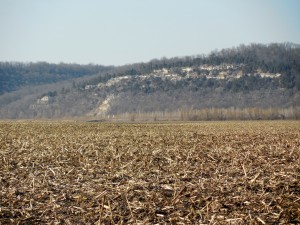

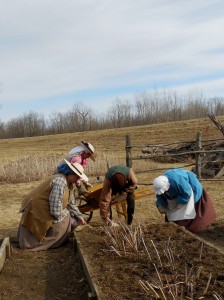
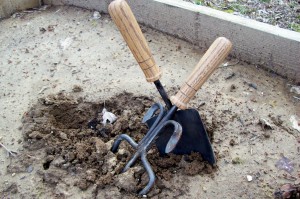
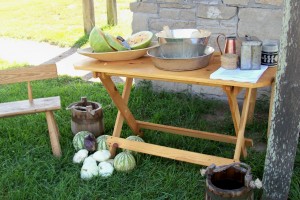
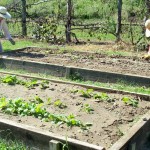
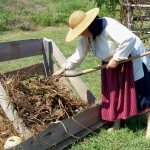
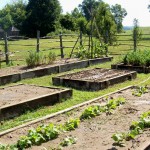
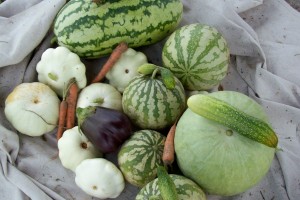
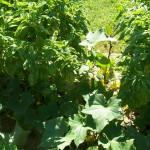
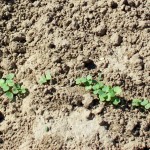
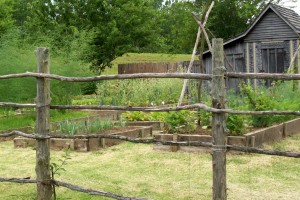
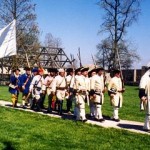
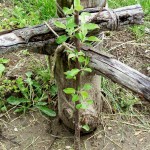
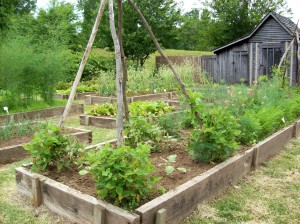
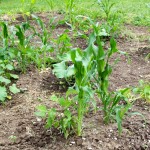
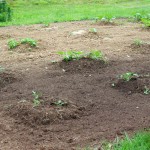
Recent Comments